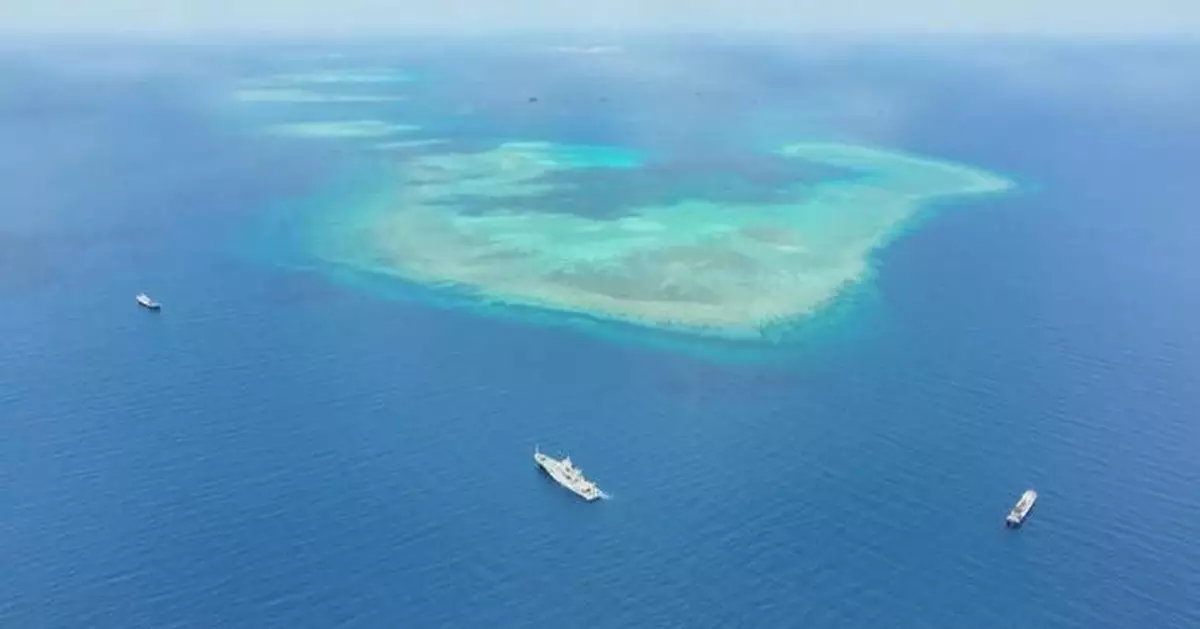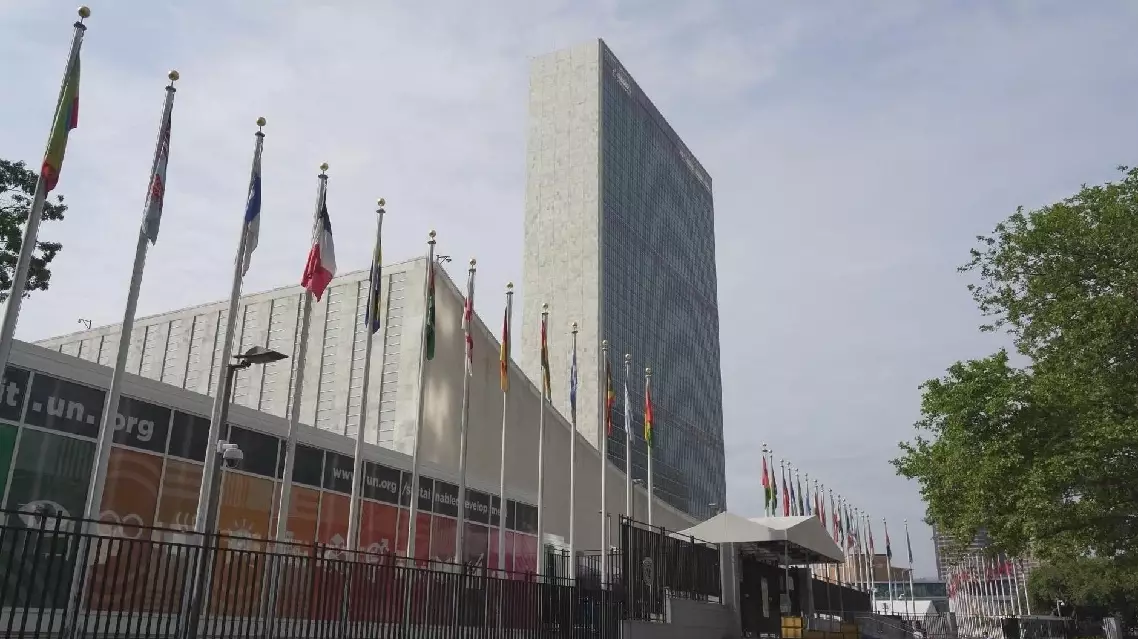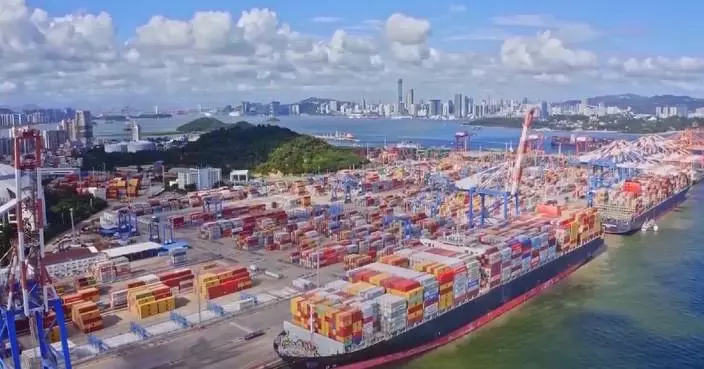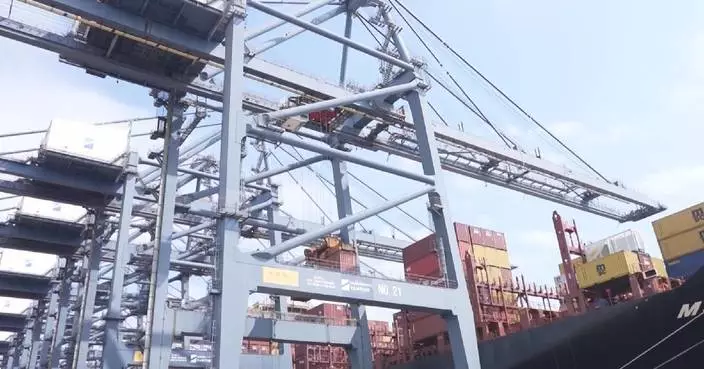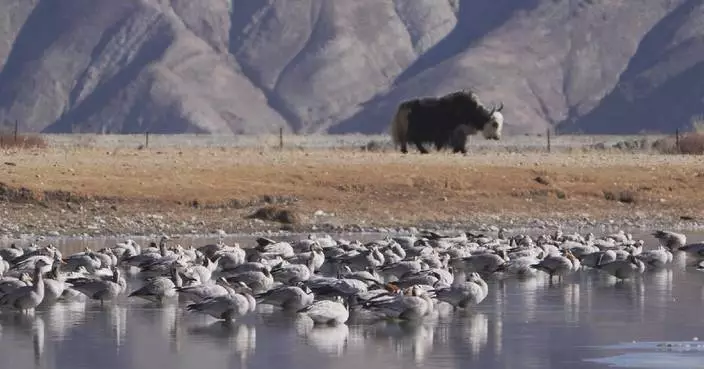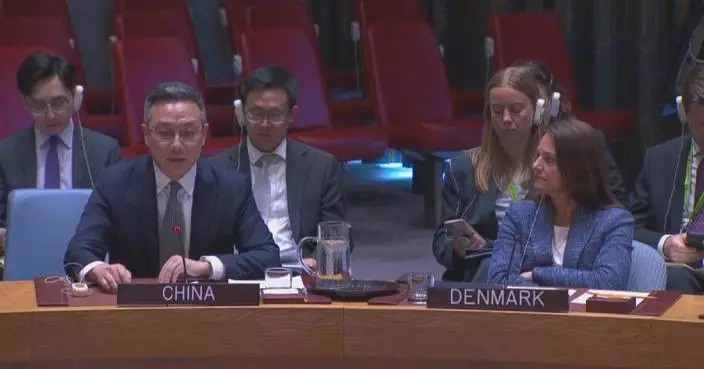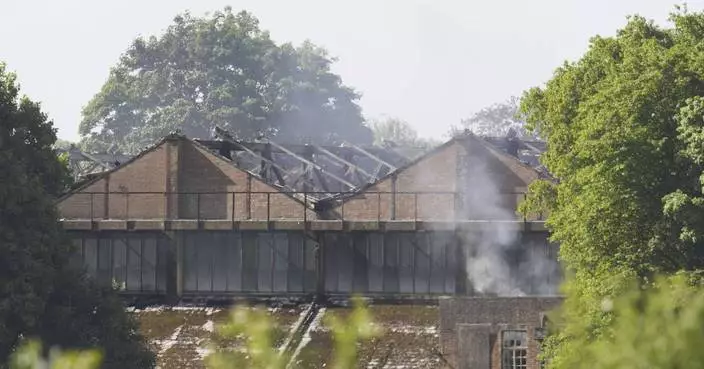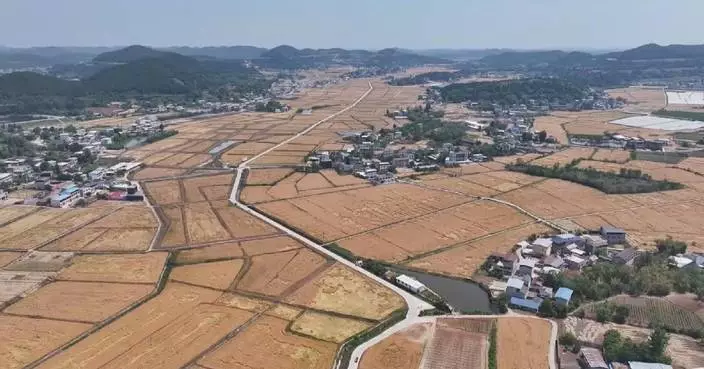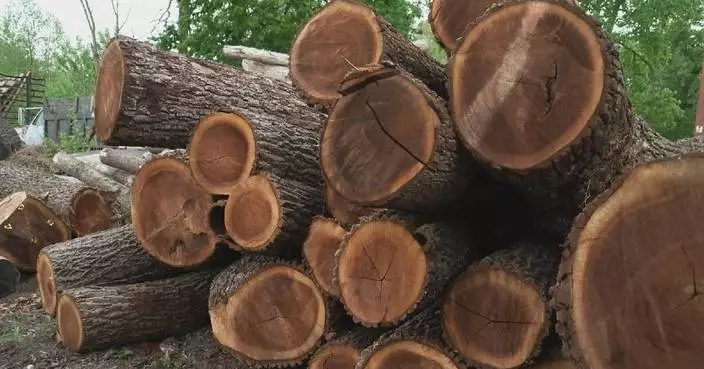The Philippines' illegal fishing and construction activities have been damaging the coral reef ecosystem in the South China Sea, according to the newly-released survery report from China's Ministry of Natural Resources.
Titled "A Survey Report on the Coral Reef Ecosystems of Tiexian Jiao and Niu'e Jiao," the document was released on Friday and produced by the South China Sea Development Research Institute of the Ministry of Natural Resources together with other research institutions.
China's Natural Resources Ministry carried out the field investigation from April to August last year. Tiexian Jiao and Niu'e Jiao, revealing that the coral reef ecosystem in Tiexian Jiao has degraded severely, and the condition of Niu'e Jiao remains healthy.
Chinese scientists found that the coral reef ecosystem in Tiexian Jiao has degraded severely, with the reef-building coral coverage decreasing by nearly 70 percent from 2016 to 2024.
Affected by the outbreak of crown-of-thorns starfish, the coral reef ecosystem of Tiexian Jiao has degraded severely, the report said, adding that from 2016 to 2024, the reef-building coral coverage area at the atoll reef platform where Tiexian Jiao is located decreased by about 68.9 percent.
The document noted that tropical cyclone strikes and frequent human activities, especially the Philippines' continuous and illegal construction on Zhongye Dao are also causes of the deterioration of the coral reef ecosystem of Tiexian Jiao.
"We found discarded fishing nets and wires in the waters near Tiexian Jiao, some marked with Filipino language, some marked 'made in Philippines'. Satellite imagery from 2016 to 2024 also shows that coral coverage in a 2.5-kilometer radius west of Zhongye Island has dropped by 81.8 percent, an even steeper decline than on the Tiexian Jiao side," said Wei Zheng, expert of the South China Sea Development Research Institute.
According to the report, satellite remote sensing and on-site survey data showed that the three cays on Tiexian Jiao reef flat and the one cay on Niu'e Jiao reef flat are all above water at high tide, with apparent natural characteristics, regular changes of position and form, and sufficient materials fostering their growth and formation.
"The Nansha Islands had high coverage of branching reef-building corals. Branching corals are known for their rapid growth but are easily damaged by external forces. In the Nansha Islands, hydrodynamic activity causes broken and dead coral fragments to accumulate, providing abundant material for the formation and development of islands, reefs, and sandbanks," said Cao Yonggang, expert of the South China Sea Survey Center.
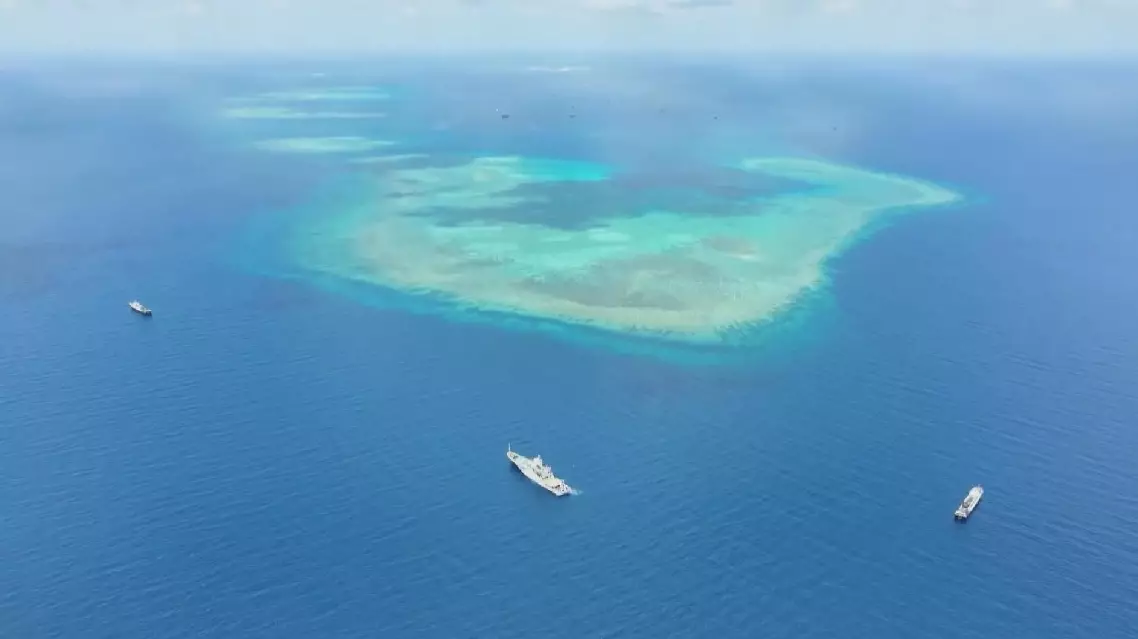
Philippines' illegal fishing, construction activities damage coral reef ecosystem: survey


